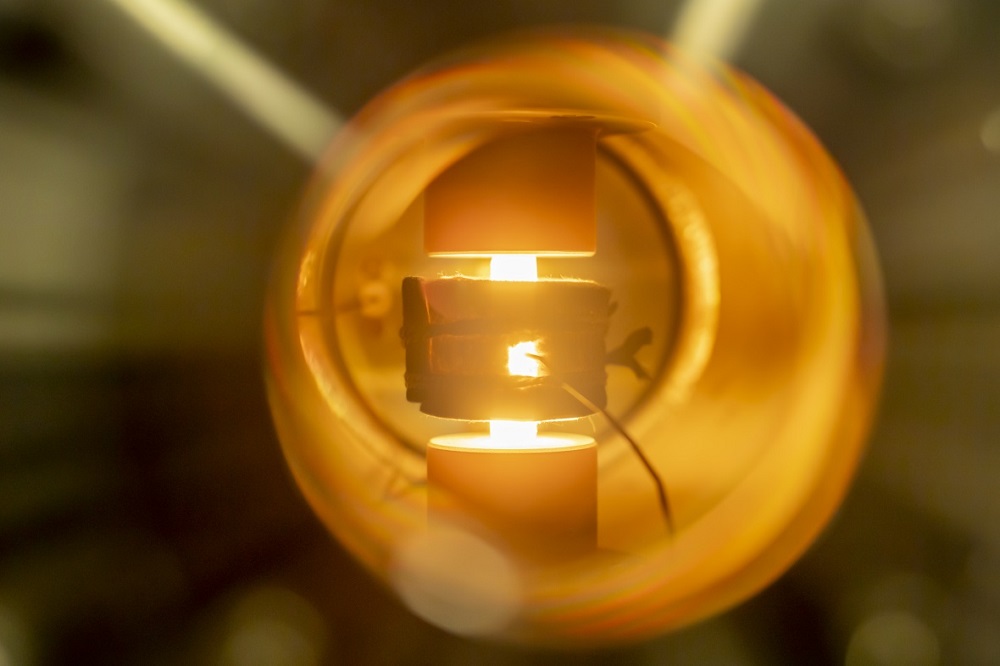Spotlights
A recent publication from Professor Elena Besley, in the journal Atmospheric Chemistry and Physics.

A recent publication from Professor Robert Mokaya, Pro-Vice Chancellor for Global Engagement, in the journal Materials Advances.
A collaborative publication from Dr Lee Johnson, Dr Darren Walsh, Dr Graham Newton, and Professor Andrei Khlobystov, in the journal Chemical Society Reviews.
Recent Publications
Green enzymatic synthesis and processing of poly (cis-9,10-epoxy-18-hydroxyoctadecanoic acid) in supercritical carbon dioxide (scCO2). Sagnelli, D., Vestri, A., Curia, S., Taresco, V., Santagata, G., Johansson, M. K., & Howdle, S. M. Eur. Polym. J. 2021, 161(5), 110827.
A high-throughput screening of metal–organic framework based membranes for biogas upgrading. Glover, J., & Besley, E. Faraday Discussions. 2021, 231, 235-257.
Catalyst-free hydrophosphinylation of isocyanates and isothiocyanates under low-added solvent conditions. Huke, C. D., Taylor, L. J., Argent, S. P., & Kays, D. L. ACS Sustainable Chem. Eng. 2021, 9(32), 10704-10709.
Sustainability of Battery Technologies: Today and Tomorrow. Newton, G. N., Johnson, L. R., Walsh, D. A., Hwang, B. J., & Han, H. ACS Sustainable Chem. Eng. 2021, 9(19), 6507-6509.
Tailoring Pyro- and Orthophosphate Species to Enhance Stem Cell Adhesion to Phosphate Glasses. De Melo, N., Murrell, L., Islam, M. T., Titman, J. J., Macri-Pellizzeri, L., Ahmed, I., & Sottile, V. Int. J. Mol. Sci. 2021, 22(2), 837.
The chemistry of phosphines in constrained, well-defined microenvironments. Orton, G. R. F., Pilgrim, B. S., & Champness, N. R. Chem. Soc. Rev. 2021, 50(7), 4411-4431.
Organic–Inorganic Hybrid Polyoxotungstates As Configurable Charge Carriers for High Energy Redox Flow Batteries. Peake, C. L., Kibler, A. J., Newton, G. N., & Walsh, D. A. ACS Appl. Energy Mater. 2021, 4(9), 8765–8773.